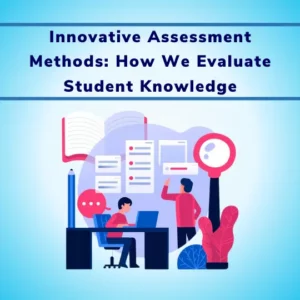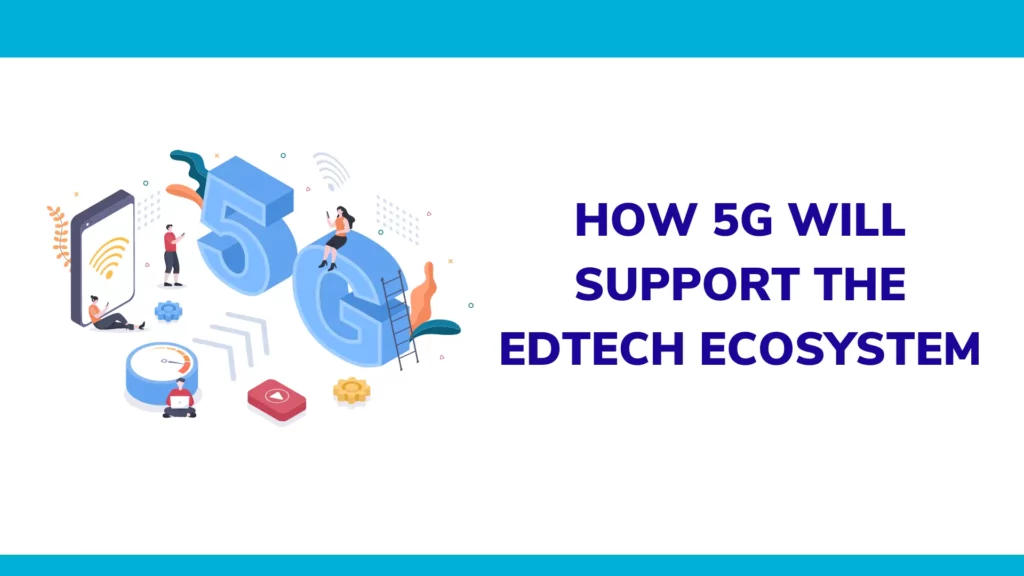
Article Contents
Introduction
With the digitization of education, the topic of internet usage as a conversation has come forward too. The future of education will not be the same as it has been in the past.
The journey of education has been a long and winding one. From ancient times to the modern day, education has seen drastic changes in the way it has been delivered, this is mainly enabled by the latest cloud technology.
With a lot of universities and educational institutions introducing EdTech and AI as a part of learning, it is also necessary to have a good internet connection.
No doubt that the 4G internet helped the Edtech tools to perform smoothly, 4G; in a real sense enabled the institutes to use the Cloud-based Edtech tools in a more efficient manner.
4G, or fourth generation, is a mobile network technology that is used for wireless communication and data transfer. It was the initial support for many online education tools, including online degrees and classes, as well as artificial intelligence (AI) tools used for learning.
4G networks provide faster data transfer speeds and lower latency than previous generations of mobile networks, which made them well-suited for use in education technology (EdTech) applications.
With the introduction of 5G, or fifth generation, mobile networks, the performance of EdTech tools is expected to significantly improve. 5G networks offer even faster data transfer speeds and lower latency than 4G networks, which can greatly enhance the user experience of online education tools.
For example, 5G networks can enable real-time video streaming with minimal buffering, and they can support interactive educational tools that require fast and reliable data transfer.
It’s worth noting that the availability and reliability of 5G networks may vary depending on location, so it’s important to consider this when choosing an EdTech tool or platform. Additionally, the adoption of 5G technology is still in the early stages, so it may take some time before it becomes widely available and fully integrated into EdTech tools.
EdTech has said to have increased the success rate of students preparing for competitive exams from 1% to 7%. There are more than 4,500 EdTech companies that assist more than 300 million school students and have only seen a positive growth and outcome.
This gives insights how 5G will have a direct and positive impact on learning of students worldwide.
With the network upgrading to 5G, it is expected for us to see significant growth in the use of Cloud-based Edtech tools. With the upgrade to 5G, there is nothing less to expect than a seamless experience with EdTech and AI.
The change to 5G could be the way to get an absolutely fast and smooth working network that will empower all the AI and EdTech tools.
But with that being said, what exactly is 5G?
5G is a 5th-generation internet network that is being introduced after the other standard networks like 3G and 4G. 5G is enabled to connect everything and every device virtually in a much faster and smoother manner.
It is also said to have a much lesser cost, therefore 5G can help connect with rural areas and to form a smooth sailing “Digital University”.
How can 5G contribute to better learning for students?
There are several ways in which 5G technology can contribute to better learning for students using education technology (EdTech):
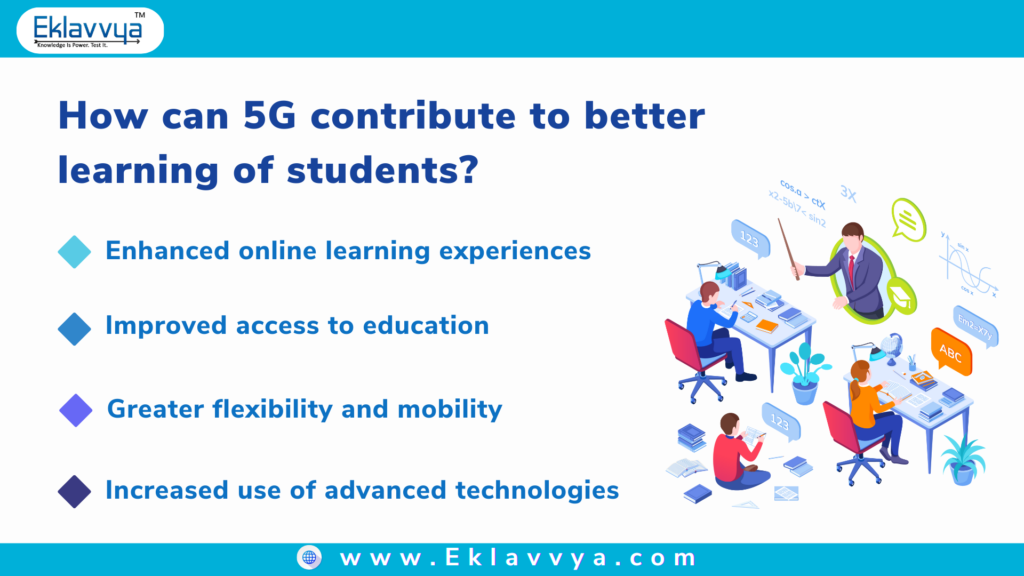
1. Enhanced online learning experiences
5G networks offer faster data transfer speeds and lower latency, which can significantly improve the online learning experience.
For example, real-time video streaming with minimal buffering, interactive educational tools that require fast and reliable data transfer, and virtual reality (VR) and augmented reality (AR) applications can all benefit from the increased performance of 5G networks.
2. Improved access to education
In some cases, students may not have access to reliable internet connections or may live in areas with limited connectivity.
5G technology can help to bridge this gap by providing faster and more reliable internet access, allowing students to access educational resources and participate in online learning activities.
3. Greater flexibility and mobility
5G networks allow for greater flexibility and mobility in terms of where and how students can access educational resources. For example, students can access online classes and learning materials from a variety of locations, including on the go, using 5G-enabled devices.
4. Increased use of advanced technologies
5G technology can enable the use of advanced technologies in education, such as virtual and augmented reality, AI, and the Internet of Things (IoT). These technologies can provide new and engaging learning experiences for students and allow for more personalized and adaptive learning approaches.
It’s worth noting that the adoption of 5G technology is still in the early stages, and it may take some time before it becomes widely available and fully integrated into EdTech tools.
Additionally, the availability and reliability of 5G networks may vary depending on location, so it’s important to consider these factors when choosing an EdTech tool or platform.
5G can be one of the most important factors and a significant upgrade to the current condition of learning. It will make us wonder why physical classes may even be needed at this point.
5G brings in a great deal of transformation in the EdTech tools and their performance. With 5G being introduced students will be able to experience smooth-running learning experiences with virtual classrooms, Virtual Reality, Augmented Reality, etc.
Here is what exactly we can expect from the ever-advanced internet network 5G
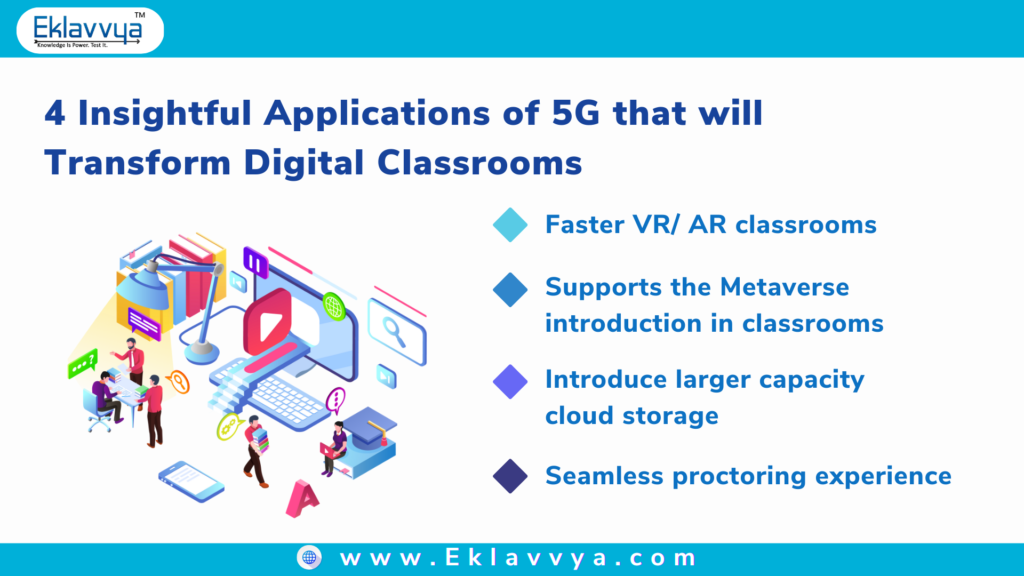
1. Faster VR/AR classrooms
Digitization of education brings in a lot of new experiences and opportunities in the transformation of learning. But with this transformation, a good network is necessary whether it’s in the institute or distance learning.
For example, if a teacher wants to teach about the History of Egypt she can integrate VR/AR into the classroom. They can use these tools to show the students virtual realistic pyramids.
This will bring a very new experience to the students and would give them an opportunity to explore and gain understanding individually. But for this to be possible and come true a smart and fast network is necessary.
With 5G, AR/VR experience in learning can become much faster and effortless. 5G will help us get in touch with a more secure and effortless way of using this tool in the classroom or virtually.
2. Supports the Metaverse introduction in classrooms:
The metaverse is a virtual shared space, created by the convergence of virtually enhanced physical reality and physically persistent virtual space, including the sum of all virtual worlds, augmented reality, and the internet.
Here are six ways in which 5G technology can improve the metaverse experience:
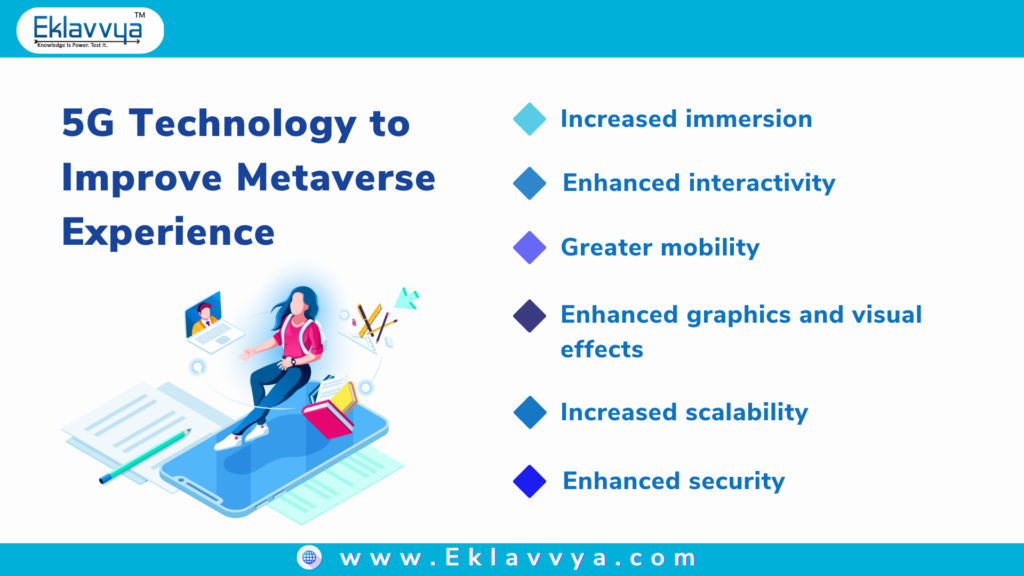
1. Increased immersion
5G networks can support high-quality, low-latency video and audio streams, which can enhance the immersion of users in the metaverse.
2. Enhanced interactivity
5G networks can enable real-time interactions between users in the metaverse, allowing for a more seamless and intuitive experience.
3. Greater mobility
5G networks can support the use of metaverse applications on mobile devices, allowing users to access and interact with the metaverse from a variety of locations.
4. Enhanced graphics and visual effects
5G networks can support the use of advanced graphics and visual effects in the metaverse, creating a more immersive and realistic experience.
5. Increased scalability
5G networks can support a larger number of users in the metaverse, allowing for a more social and interactive experience.
6. Enhanced security
5G networks can provide increased security for metaverse applications and protect against malicious attacks and data breaches.
It’s worth noting that the adoption of 5G technology is still in the early stages, and it may take some time before it becomes widely available and fully integrated into metaverse applications. Additionally, the availability and reliability of 5G networks may vary depending on location, so it’s important to consider these factors when choosing a metaverse application or platform.
As we bring AR/VR into the conversation it is a possibility to be able to introduce metaverse in the classroom. Metaverse as we know is a current growing topic and tech that can bring about massive change around the world.
5G bringing in significant growth in the standard network can help teachers use metaverse in the classrooms. Metaverse can be used to conduct parents teachers’ meetings and discussions which may become a notable growth in educational institutions.
Metaverse can be used as a way to take online viva and assessments. The use of this virtual reality space where you can connect with any person or computer could become a great step towards a significant change.
This can also become a very interactive and fun way to advance learning in institutions. With 5G as a helping hand, the use of metaverse and engraving it into institutions and learning can be seen as a huge opportunity.
3. Introduce larger capacity cloud storage:
Certain tools for education can take up way too much space on devices. The files which students may require to be part of digital learning or have prepared in their local system and want to upload to digital storage can have much bigger file sizes.
So when that student tries to upload the work or try to fit everything into one file, it is very likely for the device to lag due to the size or network. 5G can help EdTech introduce much more advanced cloud storage.
With advanced cloud storage, students can upload and work on large files and save them with ease and well-ordered. Teachers can use this cloud storage to store huge files in student performance, study material, class tests, and much more which they can need to refer to.
5G can become a very reliable and important source of network for data storage to fit in every big file, introducing metaverse for conducting parent meets and online oral tests and vivas, and how 5G can completely transform a class with its power to support VR/AR tools. These remarkable transformations would be possible with the inception of 5G.
The upgrade to 5G as a standard network could be a necessity for the growth of EdTech and is an important change to look forward to.
4. Seamless proctoring experience:
With the upgrade to 5G, online proctoring only is expected to get smoother with fewer barriers and network issues. 5G would bring in the change that would change the entire outlook and process of online proctoring.
Since we know proctoring exams can be difficult at times with just one teacher proctoring an entire class of students therefore with online proctoring or AI proctoring it only gets easier.
5G, or fifth generation, is a mobile network technology that is expected to provide faster data transfer speeds and lower latency than previous generations of mobile networks.
In the context of proctoring, 5G technology has the potential to significantly improve the online proctoring experience by eliminating network issues and providing a seamless and reliable connection.
With 5G networks, students taking online exams can expect a more stable and consistent connection, which can reduce the risk of disruptions or technical issues during the proctoring process. This can help to ensure the integrity of the exam and the accuracy of the proctoring system.
In addition, 5G networks can support high-quality, low-latency video streams, which can improve the accuracy of proctoring systems that rely on video surveillance. This can help to ensure that students are following the rules and regulations of the exam, and it can also make it easier for proctors to monitor and assess the exam process.
Conclusion
There is no doubt that upcoming technologies like Metaverse, 5G, and advanced AI will act synergistically to improve the overall learning ecosystem.
Could you imagine working from home in 2018?
The simple answer is no, the reason being the overall ecosystem was not developed in such a way that supports work from home, but today, work from home is the reality. The same is the case with digital learning.
The education technology (EdTech) ecosystem is expanding quickly and is expected to continue to evolve rapidly in the coming years. One of the major drivers of this growth is the introduction of new technologies, such as 5G networks, advanced artificial intelligence (AI) tools, and increased internet penetration and digital literacy. These developments have the potential to significantly enhance the EdTech ecosystem and make it more widely accepted and adopted by students and educators.
For example, the improved performance and reliability of 5G networks can enhance the online learning experience and enable the use of advanced technologies, such as virtual and augmented reality, AI, and the Internet of Things (IoT). The availability of advanced AI tools can also enable more personalized and adaptive learning approaches, while increased internet penetration and digital literacy can help to make educational resources more widely available and accessible to students.
Overall, the combination of these factors is expected to drive the growth and evolution of the EdTech ecosystem and contribute to its widespread acceptance and adoption.
There are several advantages of 5G technology in education technology (EdTech):
1. Enhanced online learning experiences: 5G networks offer faster data transfer speeds and lower latency, which can significantly improve the online learning experience. This can enable real-time video streaming with minimal buffering, interactive educational tools that require fast and reliable data transfer, and virtual reality (VR) and augmented reality (AR) applications.
2. Improved access to education: In some cases, students may not have access to reliable internet connections or may live in areas with limited connectivity. 5G technology can help to bridge this gap by providing faster and more reliable internet access, allowing students to access educational resources and participate in online learning activities.
3. Greater flexibility and mobility: 5G networks allow for greater flexibility and mobility in terms of where and how students can access educational resources. For example, students can access online classes and learning materials from a variety of locations, including on the go, using 5G-enabled devices.
4. Increased use of advanced technologies: 5G technology can enable the use of advanced technologies in education, such as virtual and augmented reality, AI, and the Internet of Things (IoT). These technologies can provide new and engaging learning experiences for students and allow for more personalized and adaptive learning approaches.
5. Improved scalability: 5G networks can support a larger number of users and devices, which can make it easier to scale EdTech applications and services. This can be particularly beneficial for educational institutions that need to support a large number of students and teachers.
5G is the fifth generation of mobile network technology that is designed to provide faster data transfer speeds and lower latency than previous generations of mobile networks. It works by using a combination of technologies, including millimeter wave spectrum, small cells, and beamforming, to increase the capacity and performance of mobile networks.
5G technology has the potential to significantly improve the online learning experience by enabling real-time video streaming with minimal buffering, interactive educational tools that require fast and reliable data transfer, and virtual and augmented reality applications. It can also improve access to education by providing faster and more reliable internet access, and it can enable the use of advanced technologies such as AI and the Internet of Things (IoT) in education.
Educational institutions can prepare for the adoption of 5G technology in EdTech by researching and evaluating the potential benefits and risks of using 5G technology, and by developing strategies and policies to ensure the security and privacy of students and educators. Institutions can also consider investing in 5G-enabled infrastructure and devices to support the use of 5G technology in education.


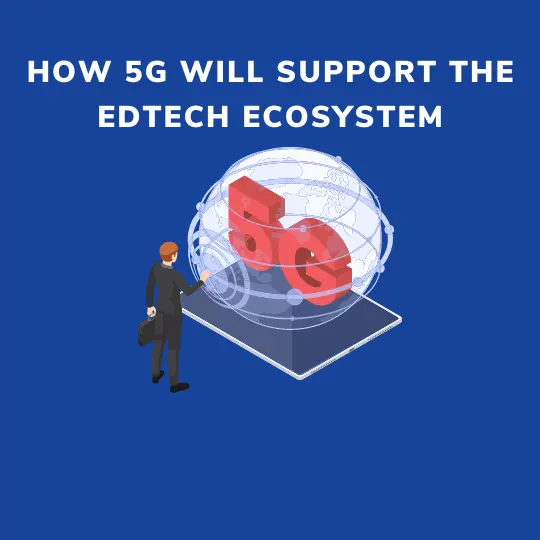
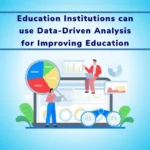
![How Government-Led Exams at 250+ Locations Are Setting New Standards of Integrity [Case Study]](https://www.eklavvya.com/blog/wp-content/uploads/2024/04/Enhancing-Exam-Integrity-Government-Certification-in-250-Locations-150x150.webp)
![Transforming Central Govt. Exams Evaluation: How Onscreen Marking is Leading the Charge [Case Study]](https://www.eklavvya.com/blog/wp-content/uploads/2024/04/How-Onscreen-Marking-Revolutionized-Central-Govt-Exams-Case-Study-1-150x150.webp)
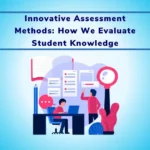
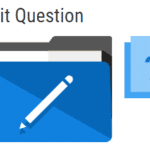
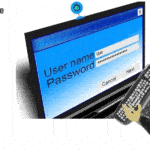
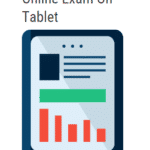









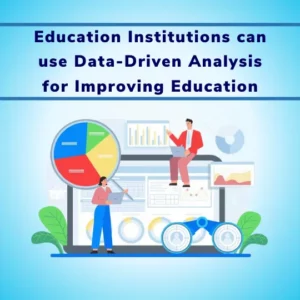
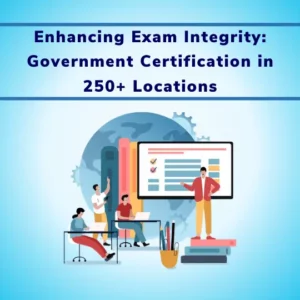
![How Onscreen Marking Revolutionized Central Govt Exams [Case Study]](https://www.eklavvya.com/blog/wp-content/uploads/2024/04/How-Onscreen-Marking-Revolutionized-Central-Govt-Exams-Case-Study-1-300x300.webp)
